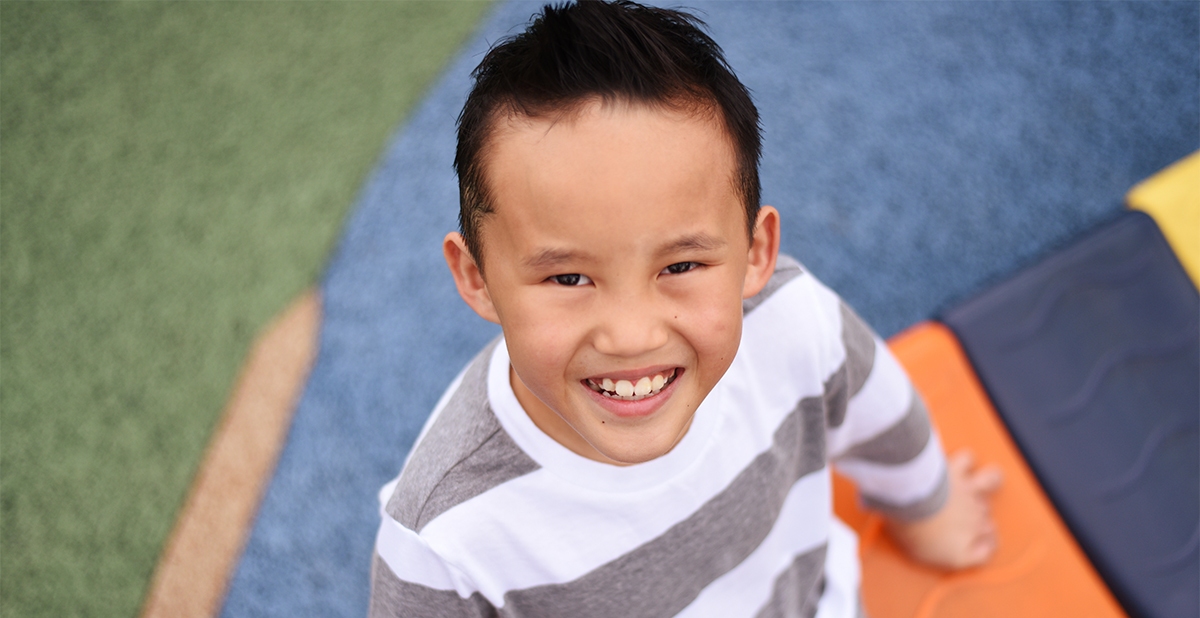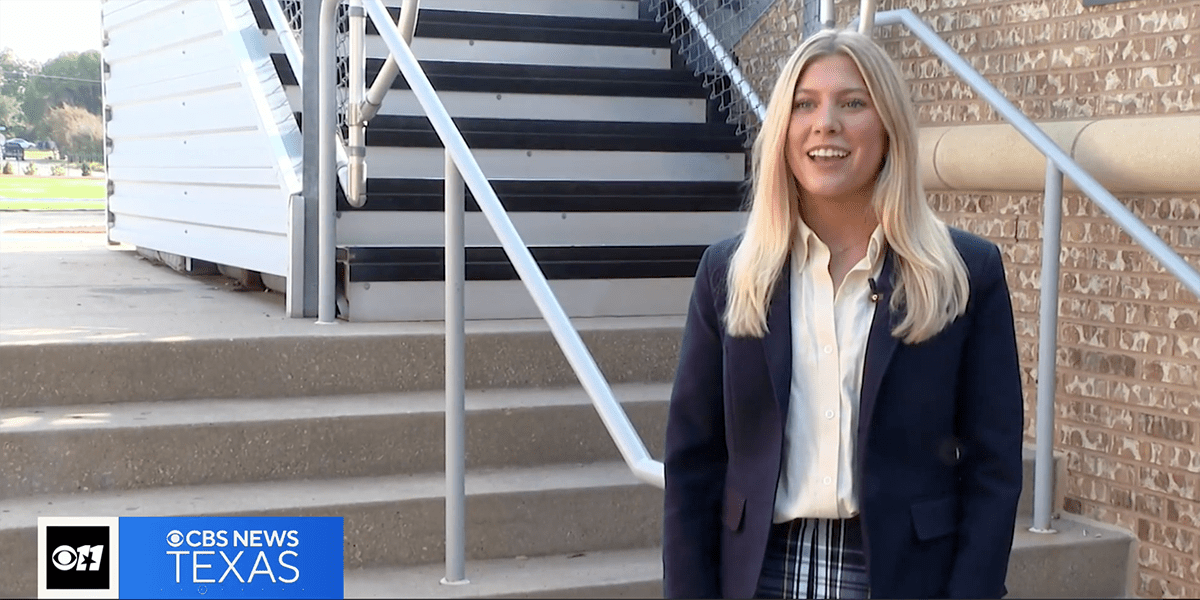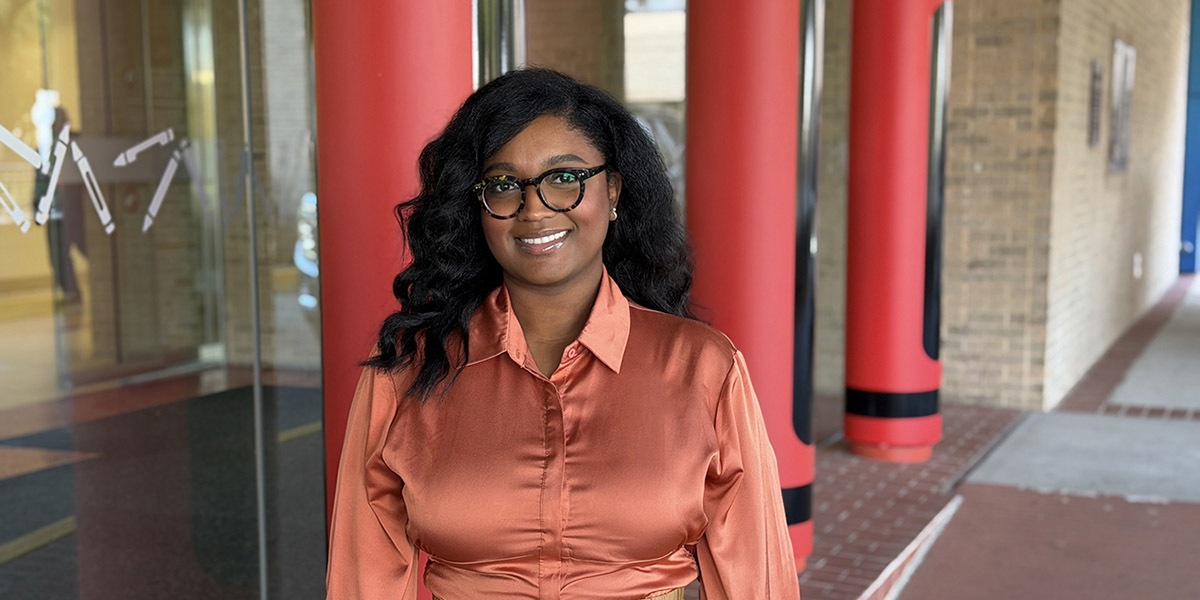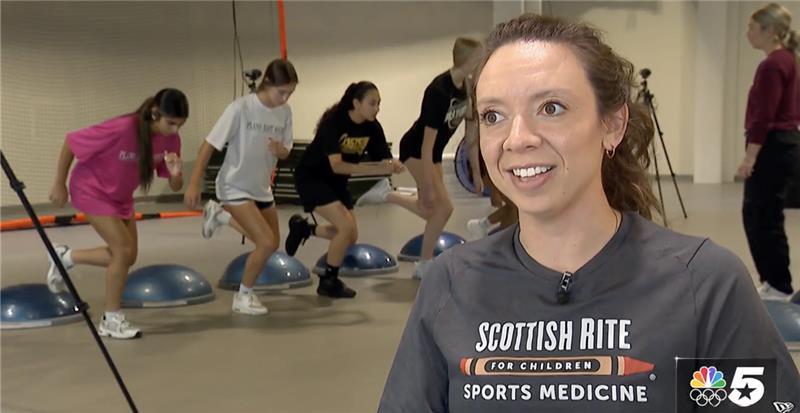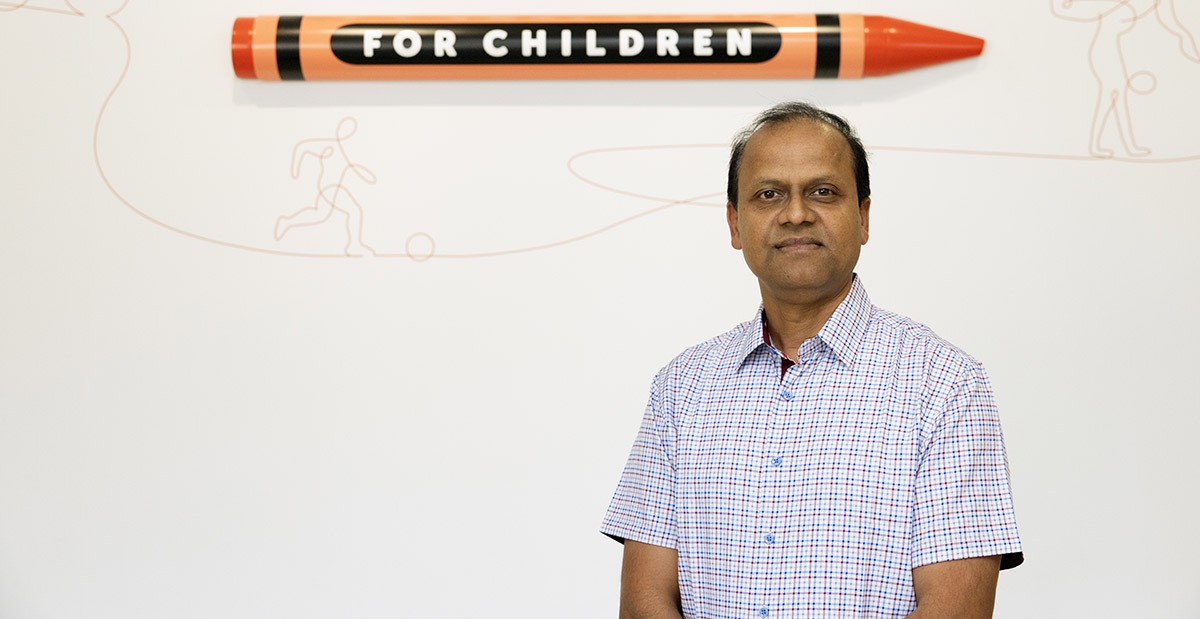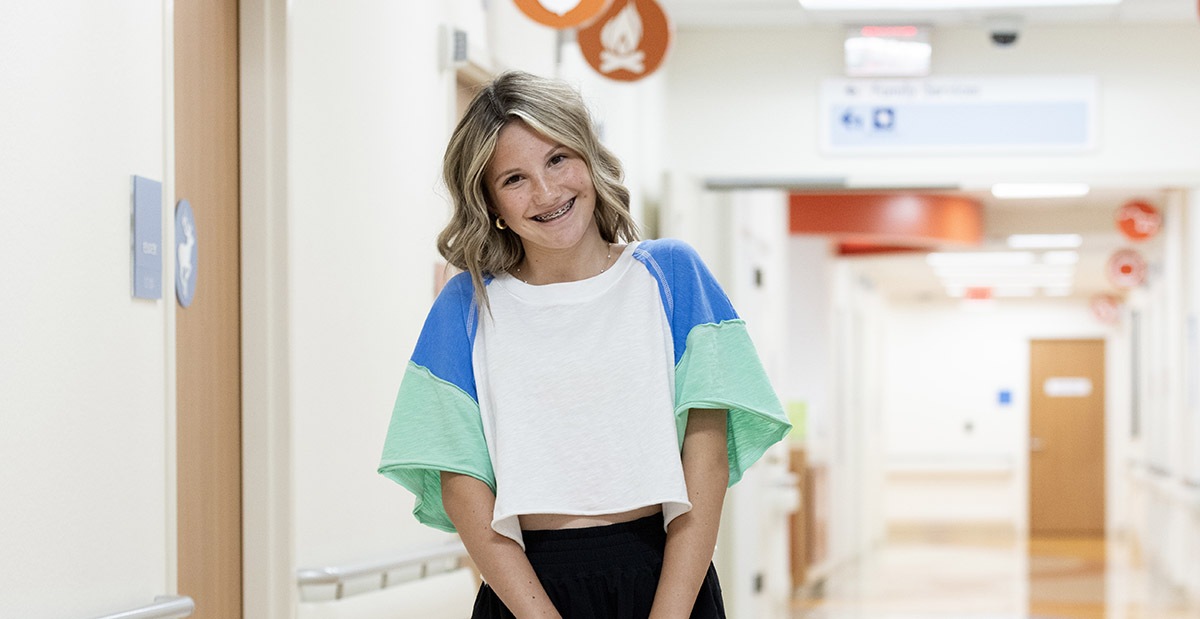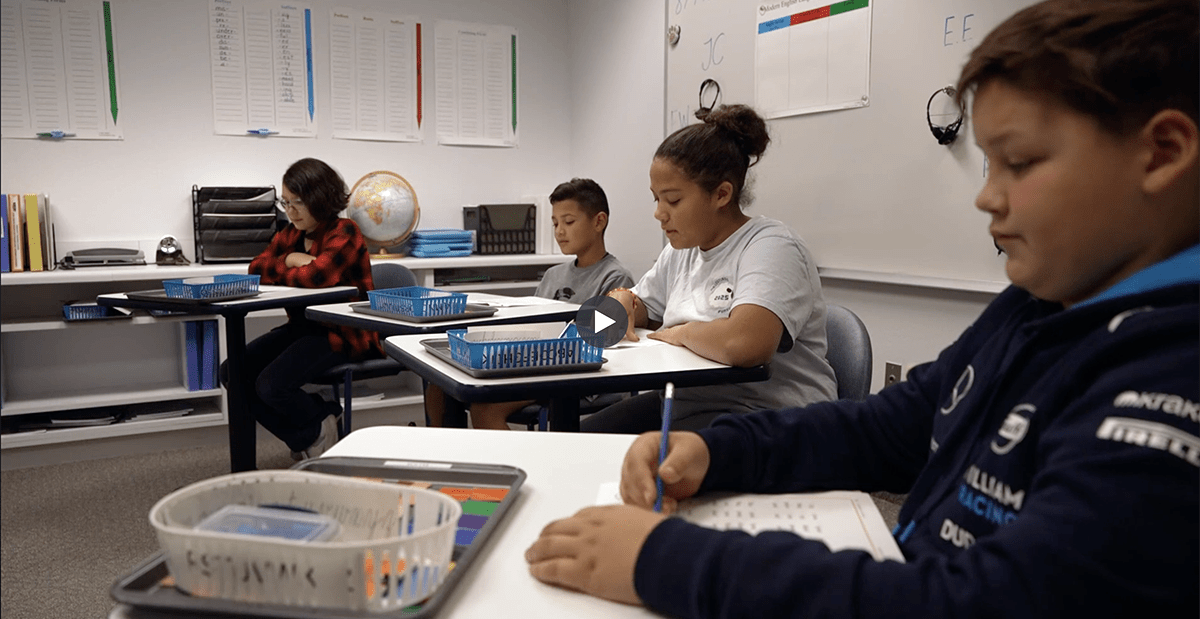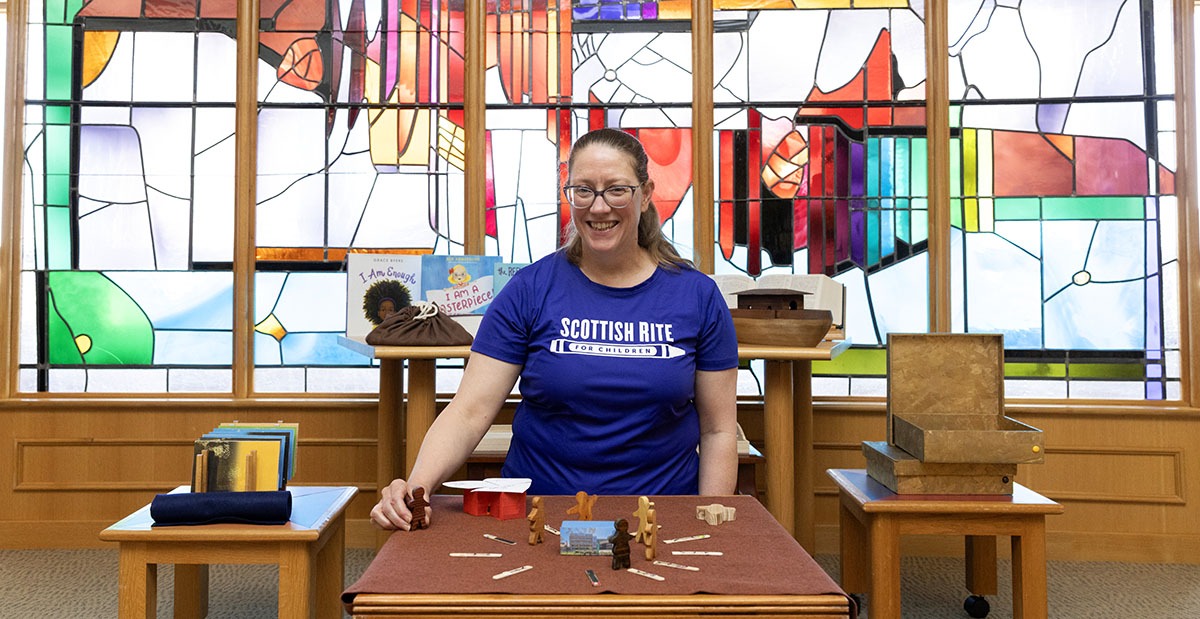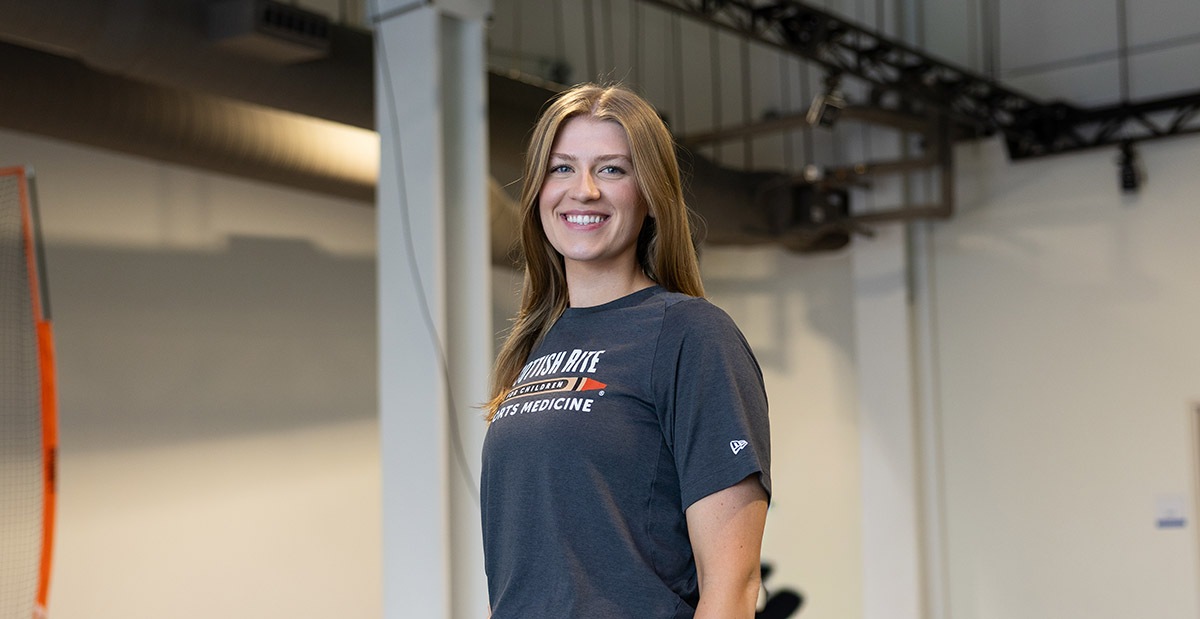When it comes to pediatric orthopedic conditions, our team cares for the common to the complex. Through the process of deciding the best form of treatment for a child, parents have questions to better understand a procedure or plan of care. Our experts in the Center for Excellence in Hand specialize in the pollicization procedure – a hand surgery where the index finger is moved down the hand into the thumb position and then rotated in opposition to the other fingers.
The team compiled the most frequently asked questions from parents regarding a pollicization and what they need to know about the procedure.
What will the rehab for a pollicization look like?
Your child will be in a cast for five weeks. On the day he/she comes out of the cast, your child will be referred to an occupational therapist who will fit your child with a neoprene thumb splint to hold the thumb (pollicized digit) in its new position. Your therapist will then instruct your child on therapy (play activities) to get the new thumb moving and functioning in its new position.
Will my son/daughter use his/her thumb after surgery?
Some kids never miss a beat and start using their new pollicized digit right away. Others need a little help and encouragement to begin grasping and holding objects/toys. The best time to initiate use is at meal, bath and play time. Offering your child a toy or piece of food in their other hand first and then offering something similar to the pollicized hand next will encourage use. Don’t worry if the end of the thumb doesn’t move right away. It can sometimes take up to four to six months for the tip of the new thumb to move.
What if he/she bypasses the new pollicized thumb and uses the middle to ring finger to touch and pinch with?
There are many tricks to get your child to use his/her new pollicized digit as a thumb. Buddy taping the middle finger to ring finger will encourage use and prevent scissoring. Encouragement is also very important to use when patients are learning a new way to pinch. Praise them each time they use their new thumb correctly.
What exercises will we need to do after surgery?
Basically, we want the new pollicized digit to touch the other fingers on the hand and begin to function like a thumb. Because of the age of the child (this procedure is recommended for patients that are approximately 18 months old) toys, food and bath toys work best at achieving this goal. Make play time fun and intentional by giving them different sized objects to pick up, hold and manipulate.
Food cut up in different sizes works great. Food is motivating and can be used easily three times a day. Parents can start with larger size food items (ex: cut up chicken nuggets and popcorn, and then move to smaller food items such as cheerios or other small cut up foods). It’s easier to hold food if its placed in the hand versus trying to pick it up off the plate so handing your child these items is the best place to start.
Can my child put weight on his/her hand after surgery?
Yes, your child can bear weight through that hand after surgery. He/she will be wearing a splint during the day for the first four weeks except for bath, meal and dedicated play times to protect the thumb. Bearing weight will not affect the surgery.
How should the scar be taken care of after the surgery?
The day the cast comes off your therapist will educate you on skin and scar care. Skin care usually lasts for seven to 10 days and consists of washing the hand in warm soapy water three times per day, patting dry and following with lotion.
Scar care also begins the same day with light touching to the scar, slowly moving to gentle and then more moderate massage with lotion. Scar tissue will continue to grow and remodel for six to 12 months, so it will be a very important part of the therapy.
Learn more about our hand services.


